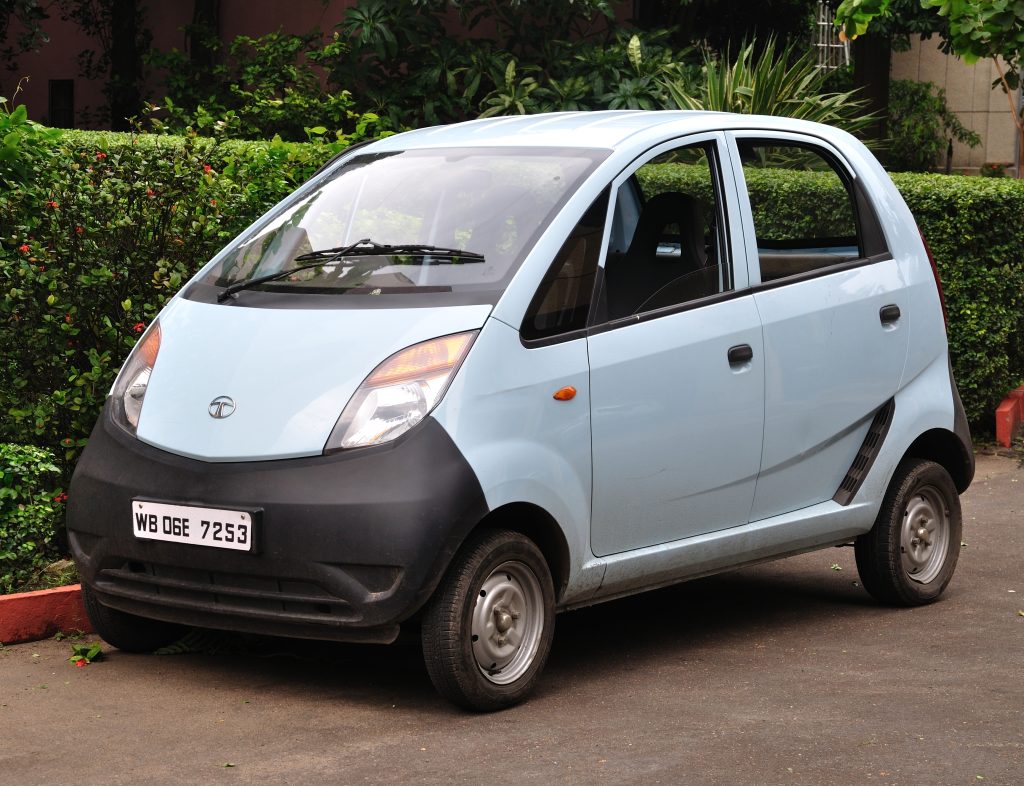

**Local Automobile Prices Expected to Increase by Rs. 600,000**
The automobile sector is preparing for a considerable change as local vehicle prices are expected to increase by Rs. 600,000. This projected rise is linked to a combination of factors influencing both global and domestic markets, which are anticipated to affect consumers and industry participants equally.
**Elements Influencing the Price Rise**
1. **Currency Variations**: A significant factor contributing to the anticipated price surge is the decline of the local currency against leading global currencies. This depreciation elevates the cost of importing essential raw materials and components needed for automobile production.
2. **Escalating Raw Material Prices**: The worldwide rise in costs for vital raw materials such as steel, aluminum, and plastics has added further strain on automobile producers. These resources are essential for vehicle manufacturing, and their heightened prices will inevitably be transferred to consumers.
3. **Supply Chain Challenges**: The COVID-19 pandemic has caused ongoing supply chain issues, leading to delays and increased expenses in the transportation of goods. The shortage of semiconductor chips, in particular, has greatly impacted global automobile production, resulting in limited supply and heightened prices.
4. **Inflationary Trends**: Overall inflationary patterns in the economy have also played a role in escalating the costs of goods and services, including vehicles. With persistent inflation, manufacturers are forced to revise their pricing strategies to maintain their profit margins.
5. **Government Regulations and Levies**: Alterations in government regulations, including increased taxes and tariffs on imported cars and parts, have worsened the situation. These policy changes aim to safeguard local industries but frequently lead to higher costs for consumers.
**Effects on Consumers and the Market**
The anticipated rise in automobile prices is expected to bring about various consequences for consumers and the wider market:
– **Lower Affordability**: For numerous consumers, the Rs. 600,000 hike may make purchasing new vehicles unaffordable, potentially leading to a drop in sales. This impact could particularly influence first-time buyers and those within the middle-income range.
– **Change in Consumer Preferences**: As prices soar, buyers may gravitate towards more economical, fuel-efficient, or compact vehicles. There could also be a heightened interest in the used car market as purchasers look for budget-friendly options.
– **Effects on Financing**: Increased vehicle prices might result in larger loan amounts and extended repayment periods, influencing consumers’ financial planning and credit access.
– **Challenges for Local Manufacturers**: Domestic automobile manufacturers may experience pressure to innovate and discover cost-efficient solutions to stay competitive. This may encourage advancements in technology and production efficiency.
**Conclusion**
The anticipated rise in local automobile prices by Rs. 600,000 poses a difficult landscape for both consumers and manufacturers. Although the factors behind this increase are intricate and varied, stakeholders must strategically navigate these challenges. Consumers may need to reassess their buying choices, while manufacturers and policymakers should collaborate to reduce the impact and ensure the viability of the automobile industry. As the situation develops, it will be vital to keep an eye on these changes and their repercussions for the market.






